- Home
- Things to do
- Attractions
- Arts & Culture
- 10 Tricky Scottish place names and how to pronounce them
10 Tricky Scottish place names and how to pronounce them
Having moved to Scotland from abroad, I have plenty of first-hand experience when it comes to mispronouncing Scottish place names. I know exactly what it’s like when you’ve just got used to ‘Edinbruh’, only to encounter the likes of Milngavie, Islay and Kirkcudbright on your travels. But not to worry, with this list you’ll get the hang of these ten tricky Scottish place names in next to no time and you can pick up some ideas and top tips for your next holiday in Scotland as well!
- 1
Islay Sounds like: Eye-la

The Singing Sands on Islay
The Isle of Islay is widely known as Scotland’s whisky island. While this moniker is easy to explain – there are nine working distilleries on the island - it's still unclear where exactly the name Islay originates. In addition to its peated whiskies, the island also offers stunning beaches, one of the most beautiful golf courses in the world and various water-based activities. Islay is home to fascinating wildlife too, among them thousands of geese that make the island their home every winter. When you’re visiting Islay, you can take a quick trip over to its neighbouring island Jura, a tranquil paradise for hikers. Make sure not to miss out on your opportunity to go on a boat trip to see the Corryvreckan, the third largest whirlpool in the world!
- 2
Glamis Castle Sounds like: Glamz Castle
Glamis Castle
With its many turrets and considerable size, Glamis Castle is certainly among the most impressive castles in Scotland. Many visitors will know it from Shakespeare’s Macbeth, whose eponymous character is the Thane of Glamis and resides at Glamis Castle. Today, you can follow the Macbeth Trail across the castle grounds to discover seven wooden sculptures, each representing a key scene from the famous play. You can also follow the accessible Nature Trail to explore the spectacular trees in the Pinetum and maybe spot some of the resident wildlife, such as kingfishers and otters.
Top tip: Book tickets for a tour of the castle and listen to the many stories the guides can tell about this fascinating building and its inhabitants. If you’re a fan of the supernatural, this is the place for you – several spooky tales surround this castle so ask your guide about them if you dare!
Key facilities- Parking
- On Public Transport Route
- Pets Welcome
- Accessible Parking Or Drop-off Point
- Accessible toilets
- WiFi
- Cafe or Restaurant
- 3
Lerwick Sounds like: Leh-rick or Ler-wick
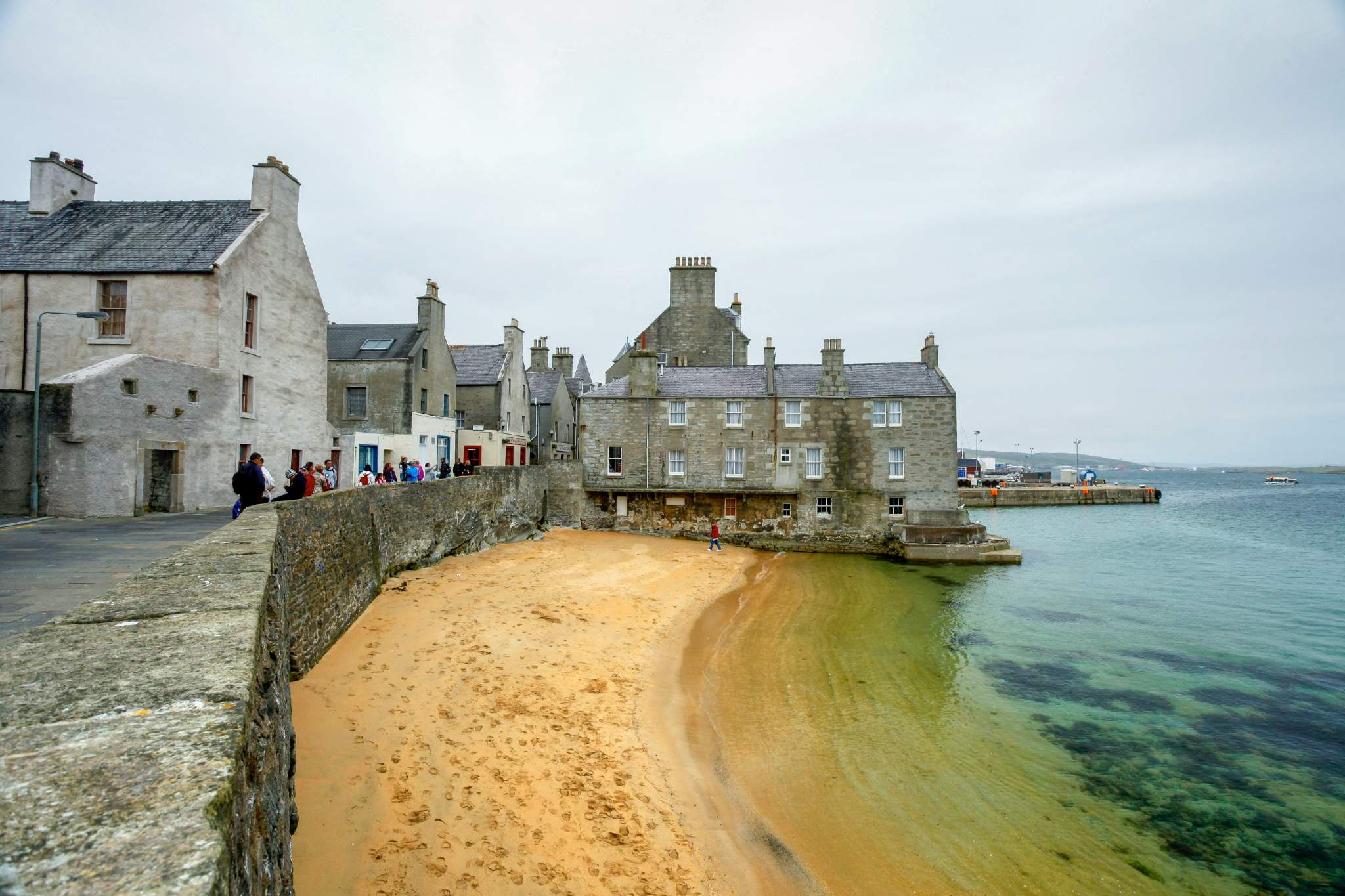
Lerwick
All over Shetland, you can still feel the considerable impact the Vikings had on this archipelago. After all, the islands did belong to the Kingdom of Norway for several centuries! This influence is particularly noticeable in the local dialect and various place names across the islands. The name of the capital Lerwick, for instance, derives from the Old Norse words for ‘clay’ and ‘bay’. Discover this unique coastal town and its truly remarkable buildings, among them a stone broch right in the middle of the town and the so-called Lodberries, distinctive stone houses that stand directly on the shore and even jut out into the water.
- 4
Culzean Castle Sounds like: Cuh-lain Castle
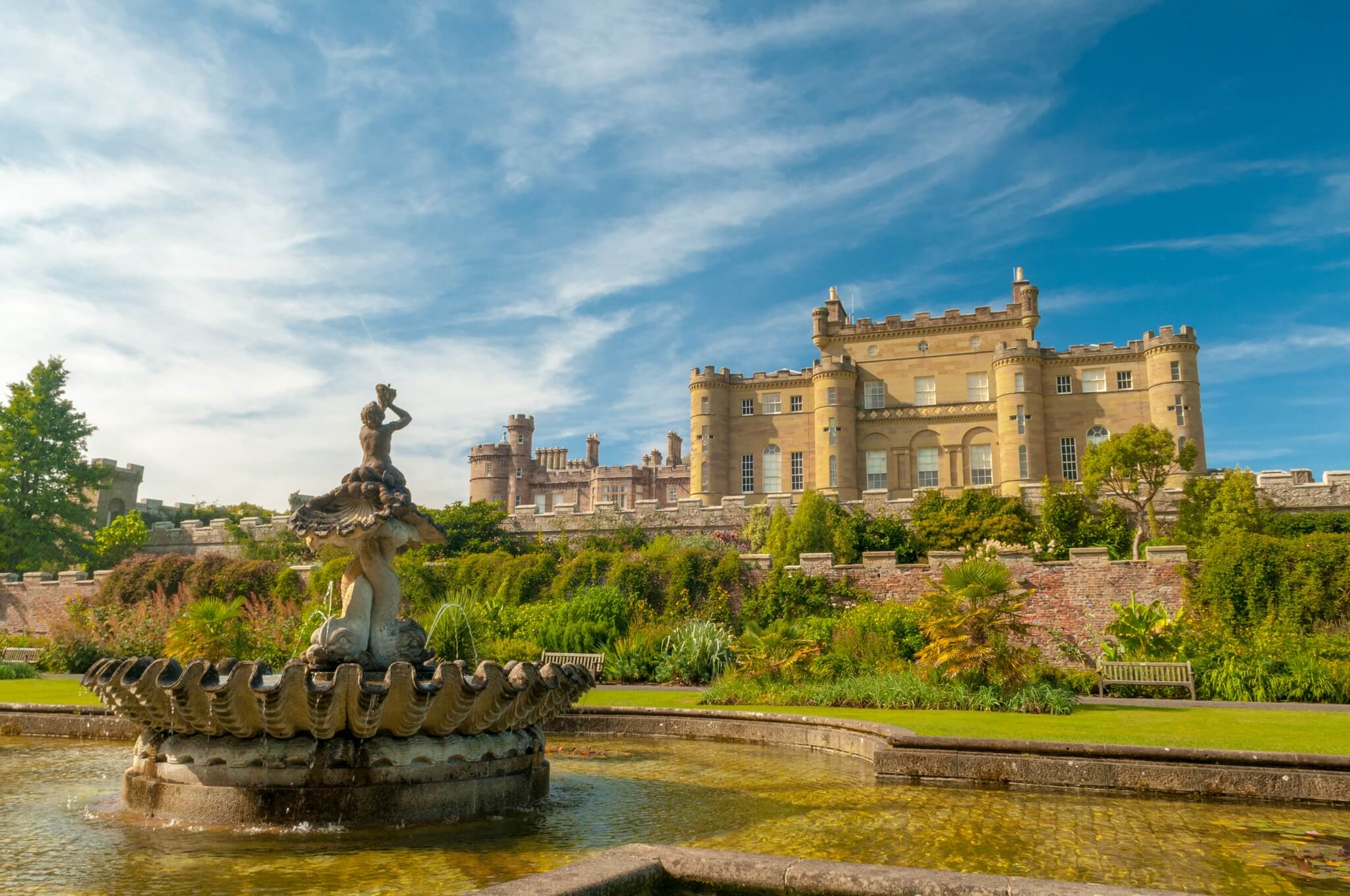
Culzean Castle and Country Park
© Barry Dawson / Ayrshire & Arran Tourism Group
The name Culzean is one of several proper names in Scotland that include a silent ‘z’, a remnant of a letter that was used in Middle English but has disappeared from use since. Culzean Castle is undoubtedly one of the most remarkable castles in Scotland. Not only is it spectacularly located on cliffs high above the Firth of Clyde, but it’s also set within a country park that will wow any visitor. The expansive gardens were planted in the late 18th century to highlight the wealth of David Kennedy, the owner of the castle. Today, you can still discover more than 40 buildings and secret follies in the grounds, as well as a swan pond, beaches, woodlands and a surprising variety of wildlife.
Key facilities- Parking
- Pets Welcome
- Accessible Parking Or Drop-off Point
- Hearing Loop
- Cafe or Restaurant
- 5
Culross Sounds like: Coo-riss
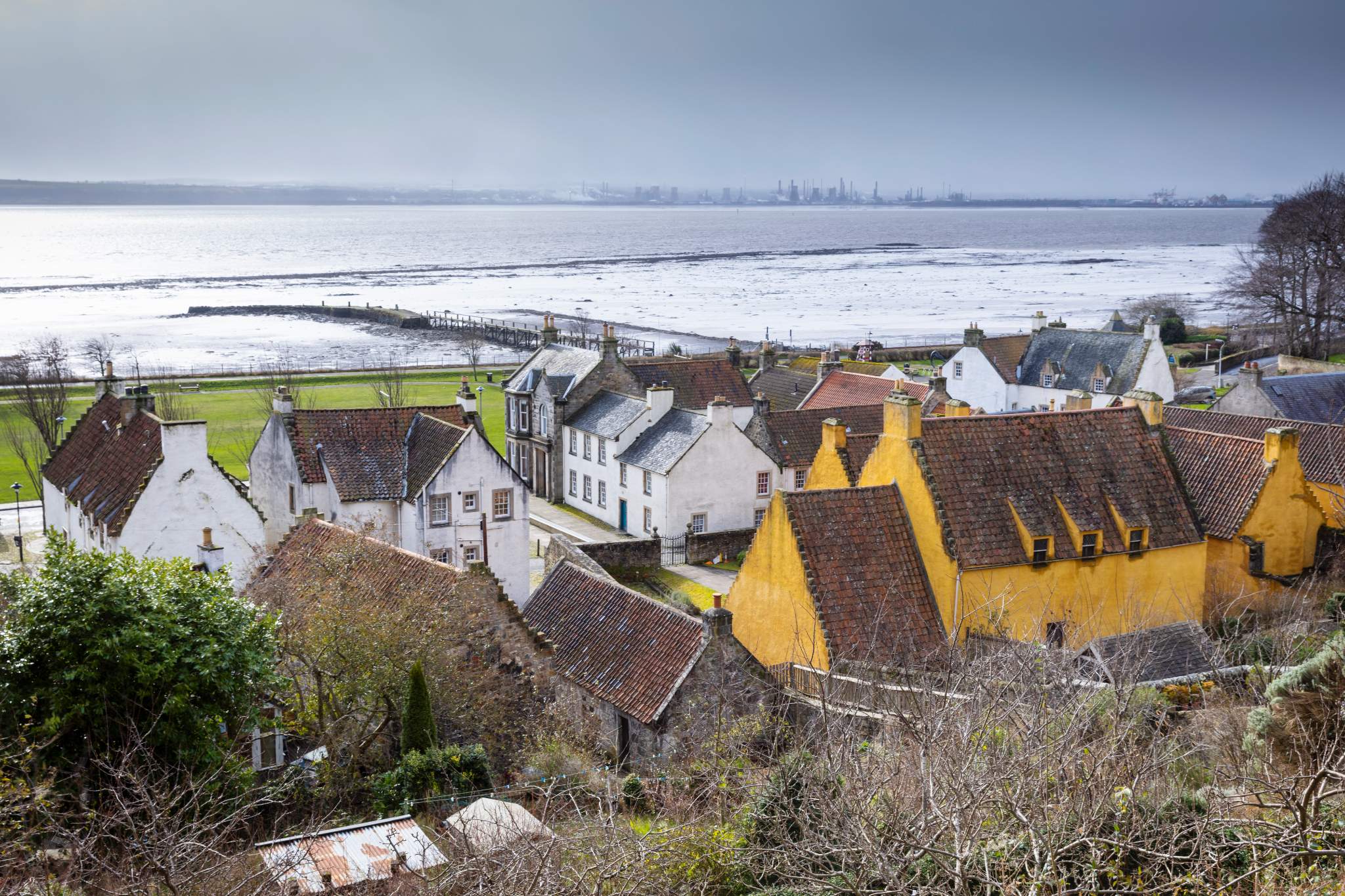
Culross Palace and Gardens in the Royal Burgh of Culross
Only 25 miles (40 km) from Edinburgh, Culross is a remarkable place on the northern shore of the Firth of Forth whose name derives from Scottish Gaelic and means ‘holly point or promontory’. You might already know it as a location from the hit TV show Outlander, but it's well worth a visit even if you’re not an Outlander fan. You can find many remarkable historical buildings in the centre of the village, some of which, among them the striking Culross Palace, date back to the 16th century. Take a journey back in time, discover the old streets and alleyways and enjoy the special atmosphere among the quaint and colourful buildings.
Top tip: Don’t miss out on the Hanging Gardens Viewpoint. Follow the narrow alleyway to the left of Culross Palace and climb the steps all the way to the top. You will be rewarded with fantastic views over the gardens of Culross Palace and the village all the way to the Firth of Forth.
- 6
Kirkcudbright Sounds like: Kir-coo-bree
Police close, Kirkcudbright
© VisitScotland / Paul Tomkins
On the River Dee, in the southwest of Scotland, lies the charming little town of Kirkcudbright. Its name derives from Gaelic and means ‘chapel of Cuthbert’, referring to Cuthbert of Lindisfarne, who lived in the 7th century. For generations, this idyllic town with its pastel houses has attracted many artists. There are still artists living and working here today, proving that Kirkcudbright more than lives up to its nickname ‘The Artists’ Town’. The many independent shops in the town are well worth a visit and so is its surrounding countryside, where you can enjoy a day trip by bike, go for a walk or just have a lazy day at the beach.
- 7
Scone Palace Sounds like: Scoon Palace
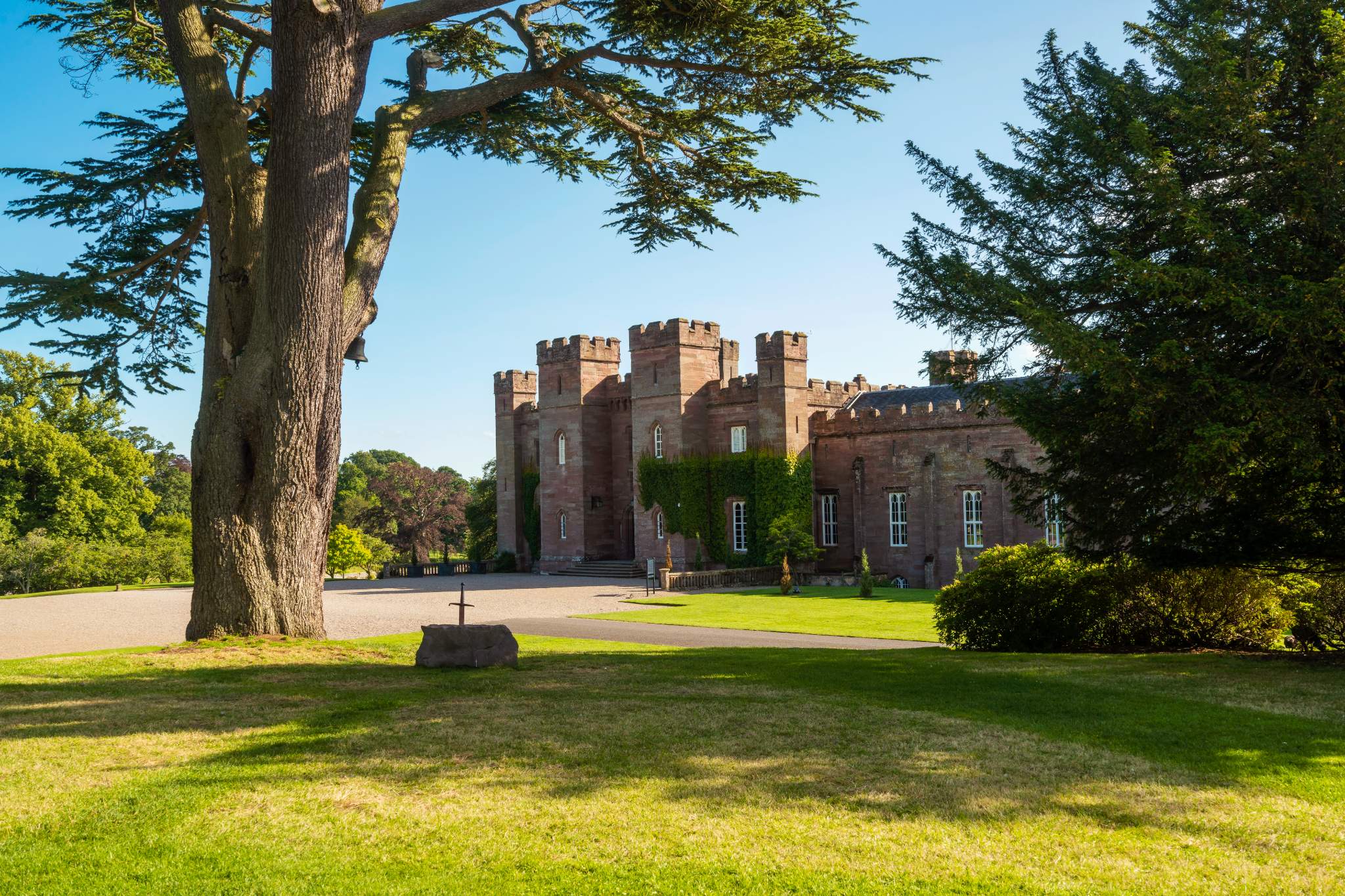
Scone Palace
Whether your scone normally rhymes with ‘stone’ or ‘gone’, this one, believe it or not, rhymes with ‘spoon’! If you’re visiting the Fair City of Perth, don’t miss out on a trip to nearby Scone Palace, a place of considerable historical significance. From the 9th century onwards, 42 Scottish monarchs were crowned here on the Stone of Scone, also known as the Stone of Destiny, which is on display in the new Perth Museum. Take a tour of the grand palace and enjoy the journey through centuries of Scottish history.
Top tip: Make sure to go for a walk in the amazing gardens when you’re here. There are three different trails to choose from, one of which is fully and one of which is partially accessible. On your walk, you can discover the intricate Murray Star Maze made of hundreds of beech trees, the small chapel on the hill where Scottish monarchs were crowned in the past and maybe you will even see some of the peacocks roaming the gardens.
Key facilities- Hearing Loop
- Accessible Parking Or Drop-off Point
- Level Access
- Accessible toilets
- On Public Transport Route
- Parking
- Pets Welcome
- WiFi
- Cafe or Restaurant
- 8
Cockburn Street Sounds like: Co-burn Street
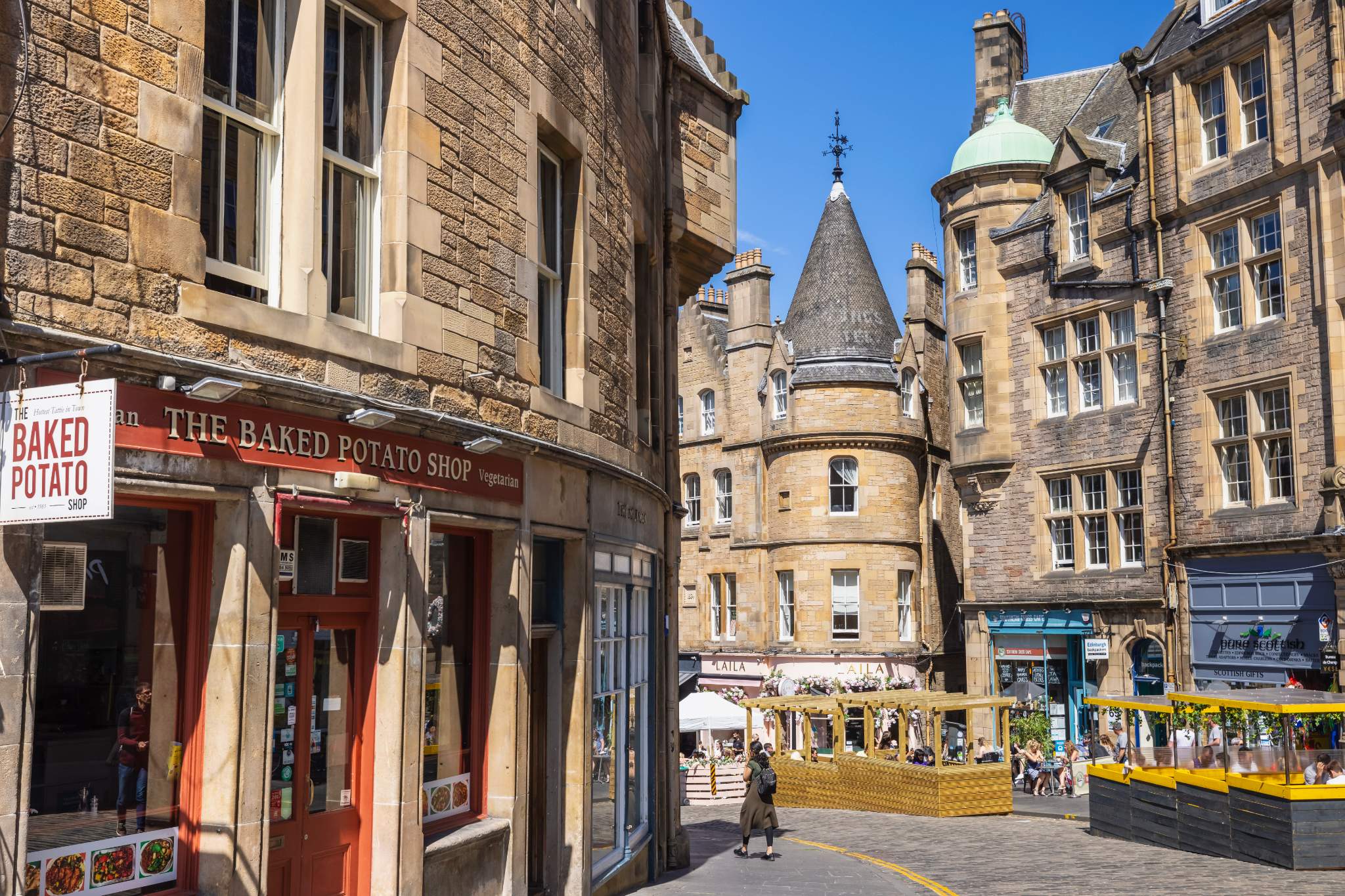
Cockburn Street
When you are in Edinburgh, many paths will take you to the famous Royal Mile, but Cockburn Street, named after the 19th century lawyer Lord Cockburn, is among the prettiest of them all. You’ll want to make sure you get the name right before asking a local for directions though! Follow the winding street, whose cobbles and towering buildings give you an idea of what Edinburgh’s Old Town has to offer, until you reach the Royal Mile.
Top tip: Take your time and step into the many little shops and cafés that line the street. Don’t forget to also venture into some of the closes. These narrow alleys can be found all along Cockburn Street and the Royal Mile. Not only are they useful little shortcuts, but they also offer a totally new perspective on Edinburgh’s Old Town. Some of the closes leading up to the Royal Mile date back as far as the 16th century!
- 9
Wemyss Bay Sounds like: Weems Bay
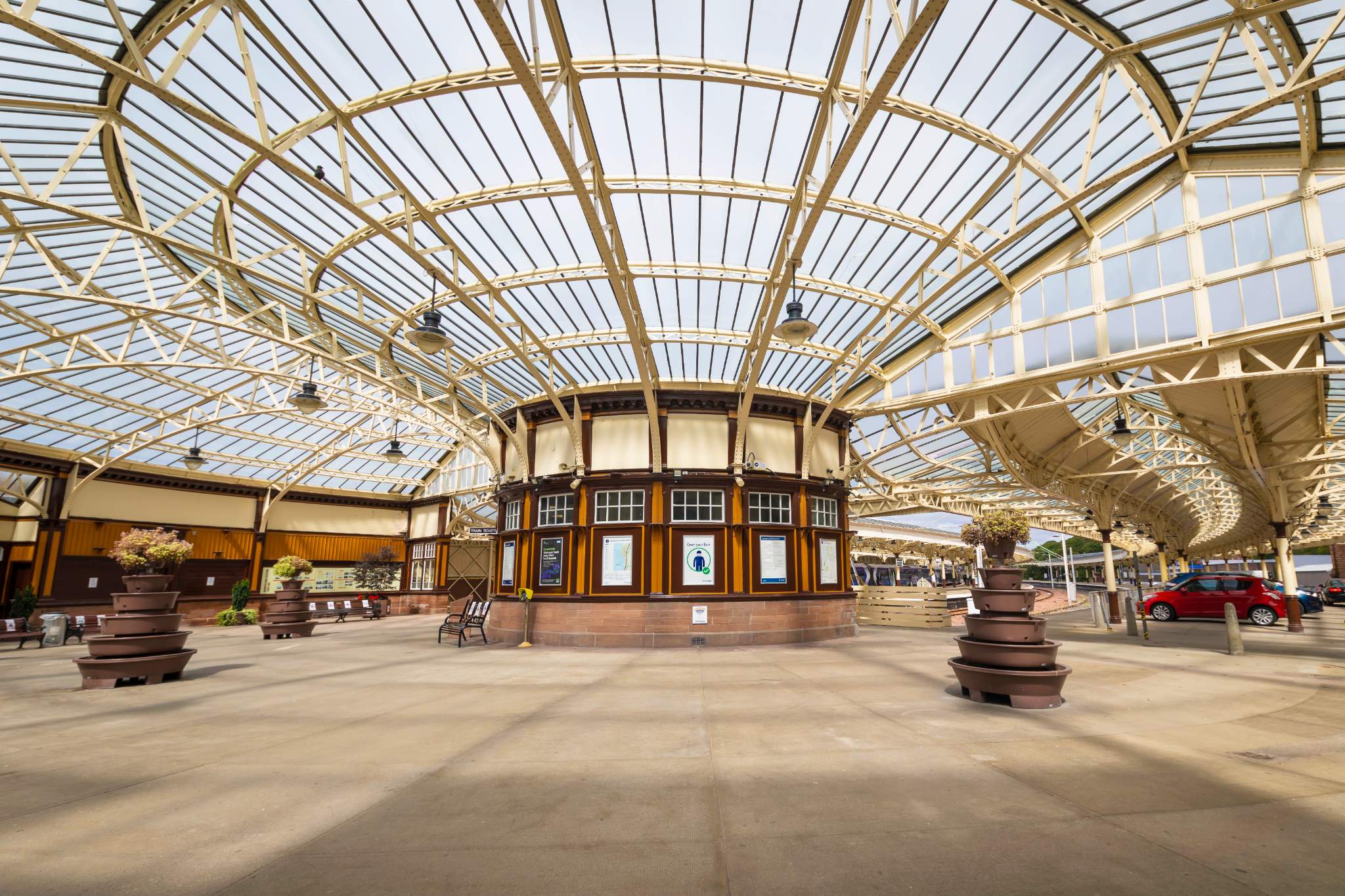
Wemyss Bay Railway Station
You can visit places with ‘Wemyss’ in their name all over Scotland. You will see them on the east coast of Fife as well as on the Firth of Clyde west of Glasgow. The name derives from the Gaelic word uiamh, meaning ‘cave’, and is thought to refer to the caves in Wemyss in Fife. From there, the name spread across Scotland with members of Clan Wemyss and eventually made it all the way to Wemyss Bay on the west coast. Today, Wemyss Bay is famous for its striking A-listed train station. If you hop on the train in Glasgow Central station, you can travel down to Wemyss Bay and explore the village or take the ferry over to the Isle of Bute for an easy and memorable day trip.
- 10
Milngavie Sounds like: Mull-guy
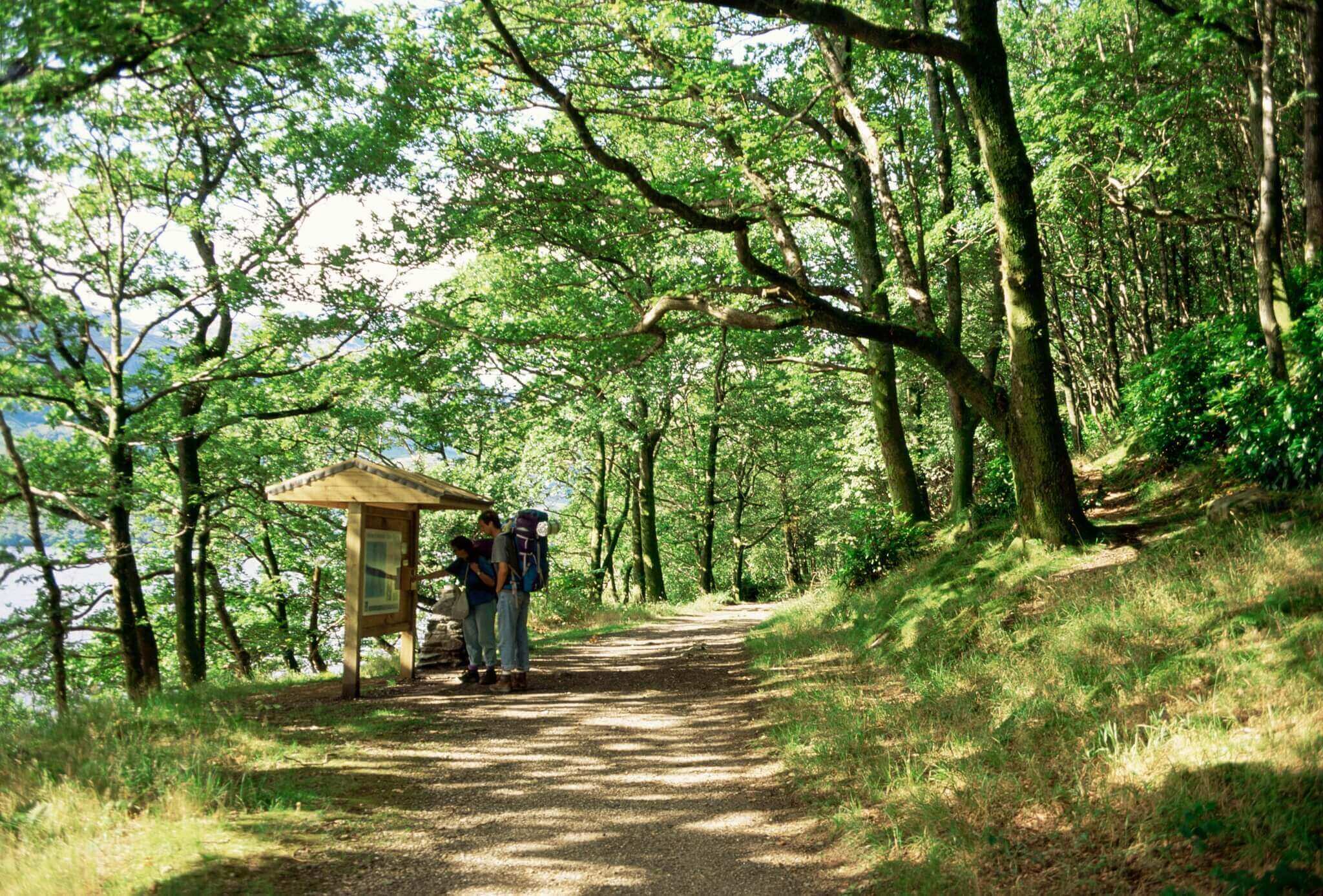
Walkers on the West Highland Way
© VisitScotland / Paul Tomkins
The name of this small town north of Glasgow is derived from Scottish Gaelic and means ‘windmill’ or ‘windy hill’. Nowadays, Milngavie is mainly known for being the starting point of one of the most famous long-distance walks in all of Scotland, the West Highland Way. The route is 96 miles (154 km) long and travels from Milngavie all the way to Fort William in the Scottish Highlands. It’s a truly unforgettable adventure. You can also choose one of the sections and explore part of the route, of course!
Find experiences
JavaScript needs to be enabled to see this product search form. You can turn this on in your browser settings.
Other things you might like
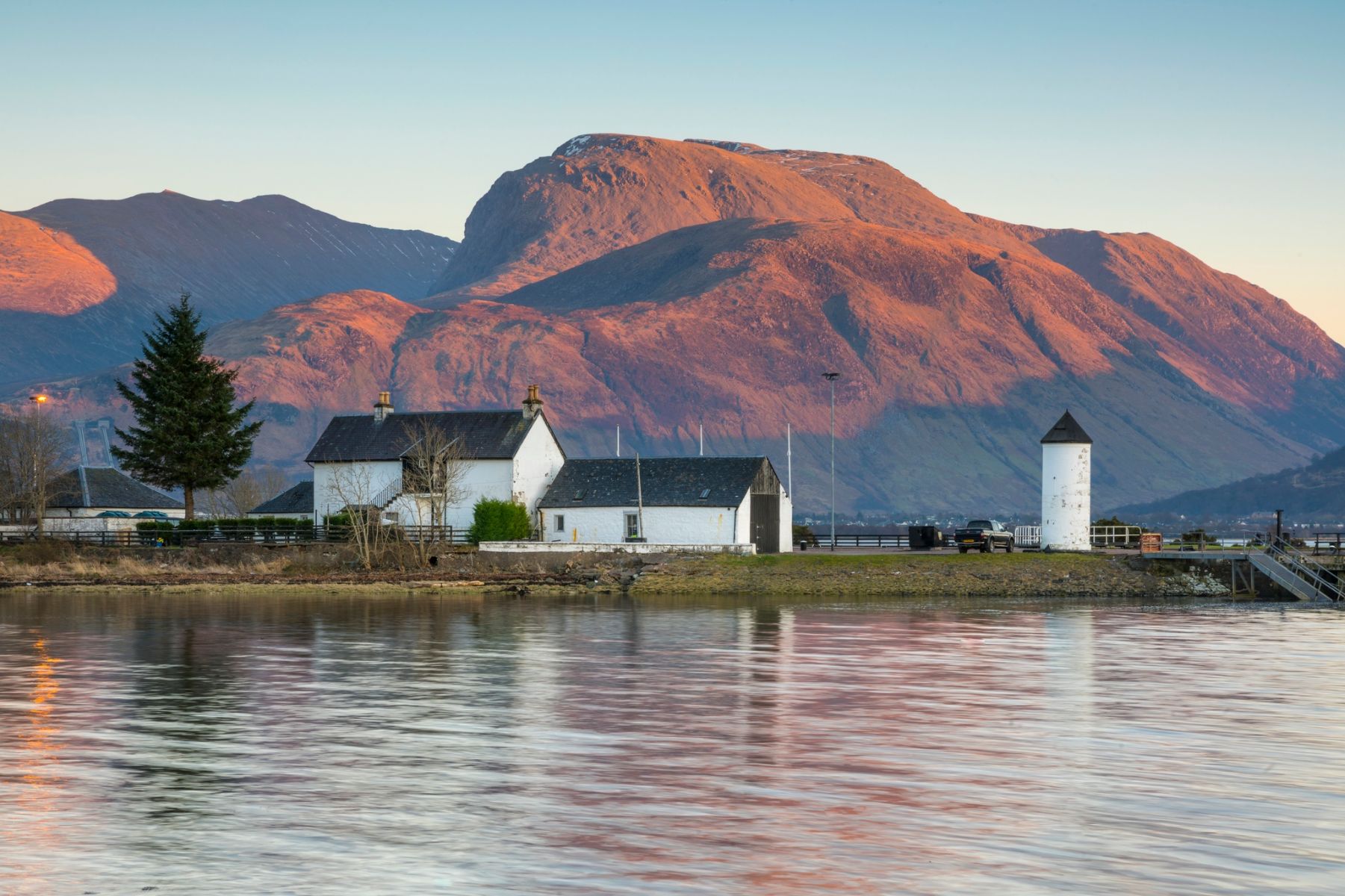
10 Gaelic place names & their meanings

18 Braw Scottish words & their meanings
12 Guid Doric phrases & their meanings
Gaelic language & history
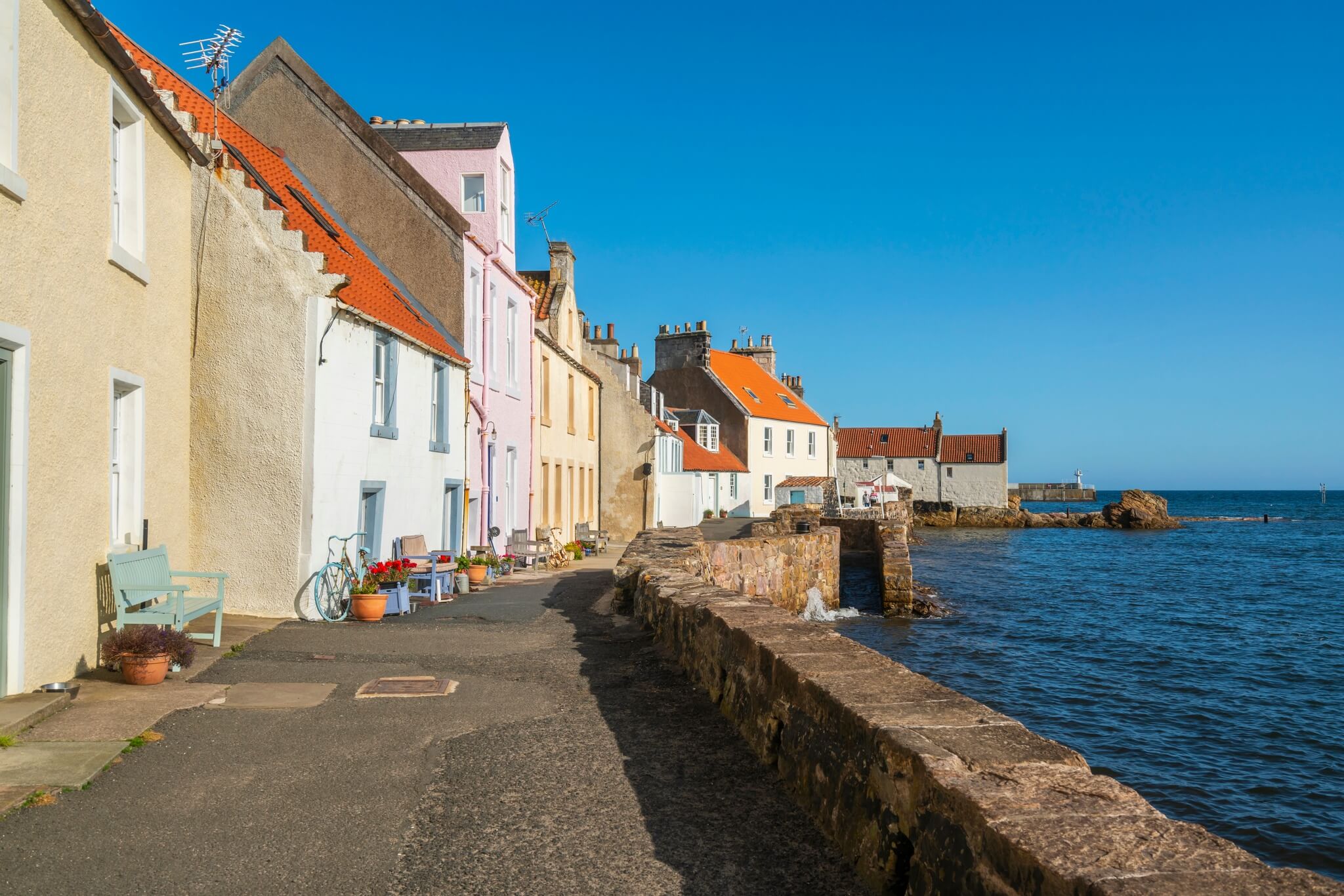
12 Must-visit historic towns in Scotland
1 of 5
Join our newsletter clan
Get Scotland inspiration direct to your inbox. Don't miss the inside track from our Scotland experts on exciting trip ideas, unique attractions and hidden gems loved by locals.
